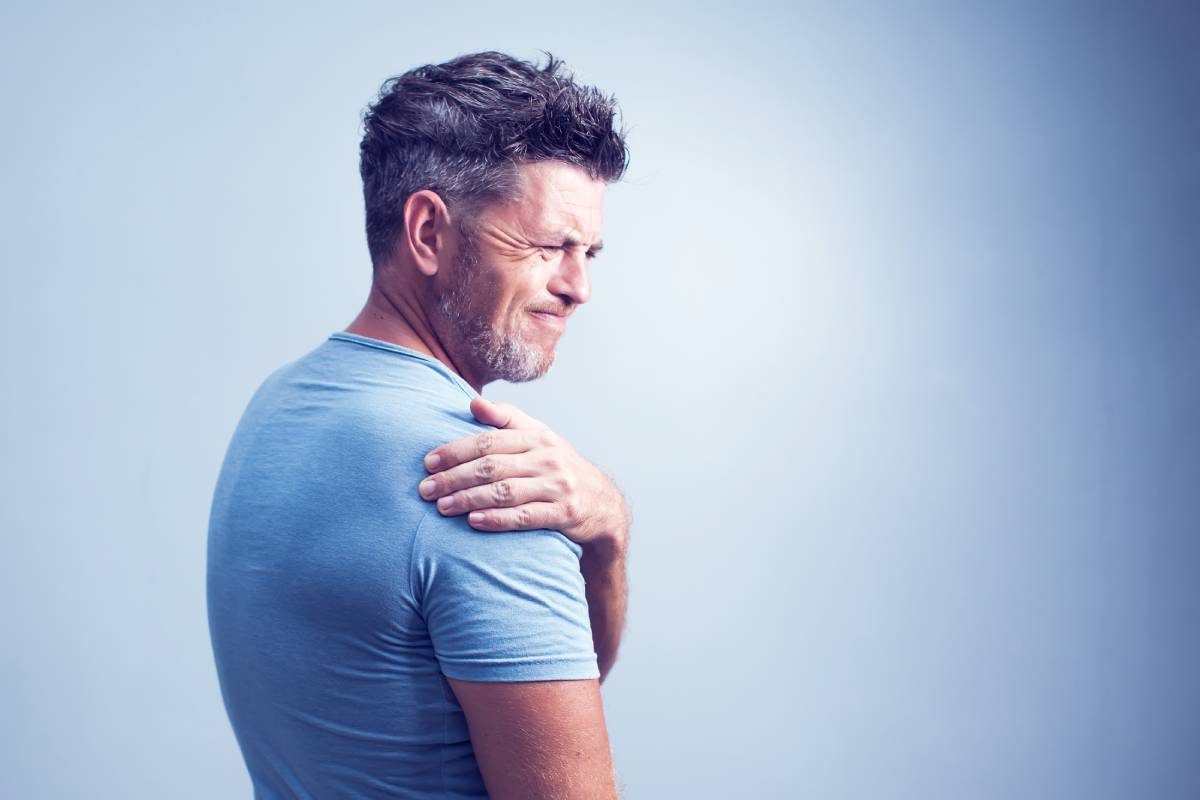Chronic pain after injury is when persistent pain outlasts a normal recovery period [1]. Sufferers of chronic pain report many different difficulties because of their condition. They find it difficult to work, maintain a healthy social life, and take care of themselves, and may even develop mental illnesses, such as anxiety and depression [2]. Consequently, understanding the risk factors for chronic pain after injury is important and may improve outcomes, assuming that one’s risk factors are controllable.
Given how common it is among the general population, it is unsurprising that there are many risk factors for chronic pain. These factors include age, sex, weight, alcohol usage, smoking habits, nutrition, level of physical activity, and genetics, among others [3, 4]. After injury, these factors may affect how long and intensely a person experiences pain and what the effects of that pain are [3]. Therefore, even two people who suffer the same injury may have incredibly variable experiences with chronic pain due to their individual risk factors.
The first risk factor affecting chronic pain after injury is sex. Women tend to exhibit lower pain tolerance and thresholds, report pain at higher levels, and experience more intense and unpleasant pain than men [3]. They are also more likely to cope with pain maladaptively, which may contribute to the onset of chronic pain [3]. Because of at least some of these phenomena, women report experiencing chronic pain at higher rates than men [5]. While researchers have yet to uncover the mechanisms underpinning this sex-based difference, keeping this general finding in mind may be useful to practitioners diagnosing women suspected of suffering from chronic pain after injury [3, 5].
Another one of the risk factors for chronic pain after injury is socioeconomic status. There is an association between indicators of lower socioeconomic status, such as low income, unemployment, and lower levels of education, and chronic pain [6; 7]. The scientific literature offers various hypotheses for why this is the case. For one, people with lower socioeconomic status may be more likely to be in situations that threaten injury, such as longer workdays and work environments that are unaccommodating for disabilities [6]. Furthermore, one’s coping strategies for pain may be limited by lower socioeconomic status, which could affect the onset of chronic pain [6]. Other explanations, such as the mental effects of living under economic strain, may also contribute to the relationship between socioeconomic status and chronic pain [6].
Lastly, psychological conditions are essential risk factors in the emergence of chronic pain after injury [2]. For instance, researchers have noted a link between patients who experienced neglect or abuse in childhood and those who develop chronic pain in adulthood [8]. Furthermore, people who suffer from depression tend to report heightened pain perception, which may also contribute to one’s tendency to experience persistent pain after injury [8]. Stress and anxiety are additional psychological risk factors for chronic pain [2].
With these risk factors in mind, medical professionals will be better equipped to provide tailored prevention and management techniques for their patients [3]. As mentioned, the ability to do so depends on the risk factor in question —sex, for instance, is unchangeable— but even knowing the unique experiences that women tend to have with pain can help influence a professional’s course of action.
References
[1] “Chronic Pain,” Johns Hopkins Medicine. [Online]. Available: https://www.hopkinsmedicine.org/health/conditions-and-diseases/chronic-pain.
[2] “Chronic Pain,” Cleveland Clinic, Updated September 1, 2021. [Online]. Available: https://my.clevelandclinic.org/health/diseases/4798-chronic-pain.
[3] S. E. E. Mills, K. P. Nicolson, and B. H. Smith, “Chronic pain: a review of its epidemiology and associated factors in population-based studies,” British Journal of Anaesthesia, vol. 123, no. 2, pp. e273-83, May 2019. [Online]. Available: https://doi.org/10.1016/j.bja.2019.03.023.
[4] E. Cirino, “What Causes Chronic Pain?,” Healthline, Updated September 3, 2018. [Online]. Available: https://www.healthline.com/health/chronic-pain.
[5] E. J. Bartley and R. B. Fillingim, “Sex Differences in Pain: A Brief Review of Clinical and Experimental Findings,” British Journal of Anaesthesia, vol. 111, no. 1, pp. 52-58, July 2013. [Online]. Available: https://doi.org/10.1093%2Fbja%2Faet127.
[6] C. Bonathan, L. Hearn, & A. C. D. C. Williams, “Socioeconomic status and the course and consequences of chronic pain,” Pain Management, vol. 3, no. 3, pp. 159-162, April 2013. [Online]. Available: https://doi.org/10.2217/pmt.13.18.
[7] J. Prego-Domínguez et al., “Socioeconomic status and occurrence of chronic pain: a meta-analysis,” Rheumatology, vol. 60, no. 3, pp. 1091-1105, March 2021. [Online]. Available: https://doi.org/10.1093/rheumatology/keaa758.
[8] “Psychological Risk Factors of Pain,” Crohn’s Colitis. [Online]. Available: https://crohnsandcolitis.ca/About-Crohn-s-Colitis/IBD-Journey/Pain-in-IBD/Psychological-Risk-Factors-for-Pain.
